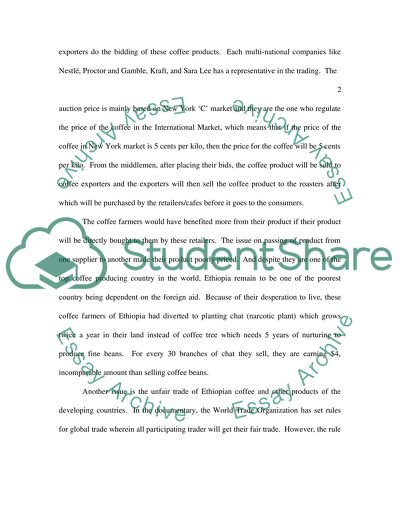Cite this document
(“Black Goldcoffee Essay Example | Topics and Well Written Essays - 1250 words”, n.d.)
Retrieved from https://studentshare.org/environmental-studies/1419919-black-goldcoffee
Retrieved from https://studentshare.org/environmental-studies/1419919-black-goldcoffee
(Black Goldcoffee Essay Example | Topics and Well Written Essays - 1250 Words)
https://studentshare.org/environmental-studies/1419919-black-goldcoffee.
https://studentshare.org/environmental-studies/1419919-black-goldcoffee.
“Black Goldcoffee Essay Example | Topics and Well Written Essays - 1250 Words”, n.d. https://studentshare.org/environmental-studies/1419919-black-goldcoffee.


